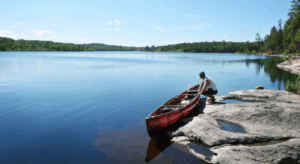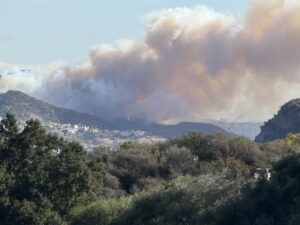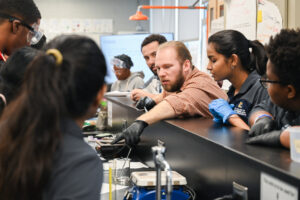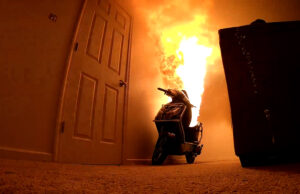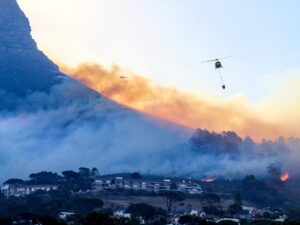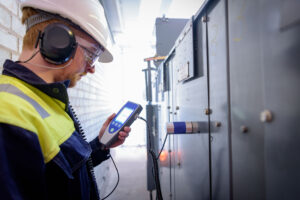9 Need-To-Know Truths about Wildfires — No Matter Where You Live
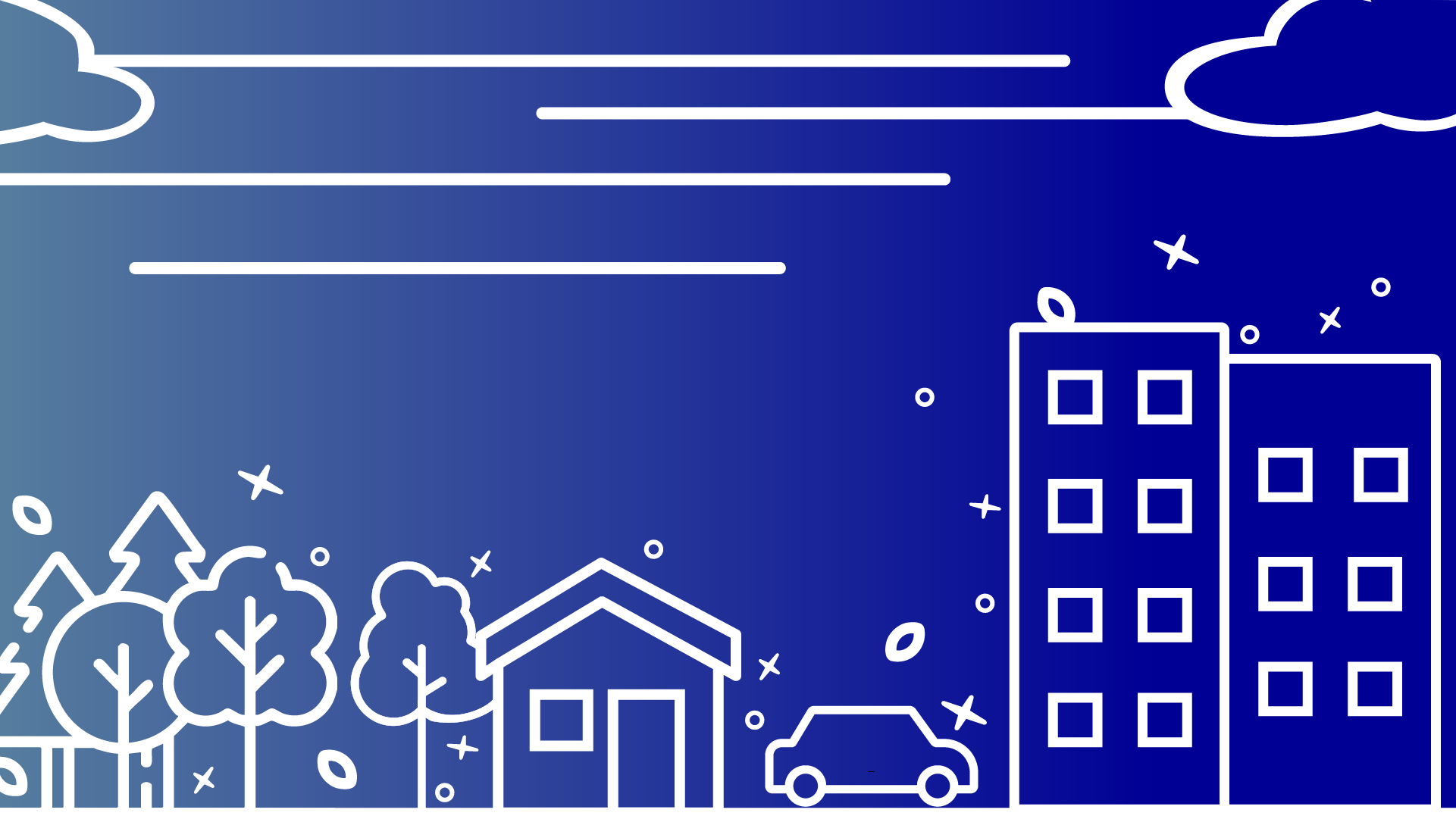
Wildfire is evolving in the United States, becoming increasingly intense, frequent, and destructive in the built environment. For those who live outside wildfire-prone states, understanding the origins and impact of these blazes can be difficult.
Yet, wildfire awareness is increasingly a national priority, especially in the wildland-urban interface, also known as WUI — where the built environment meets undeveloped land. When wildfires reach the WUI, the combination of fuels from vegetation and structures can make them more challenging to control than structure fires or fire burning in the wilderness.
Learn to separate fact from fiction regarding WUI wildfires with nine truths you need to know.
1. Wildfires are not exclusive to forested regions like the Pacific Northwest.
Wildfires can also occur in the WUI. And from 1990 to 2010, the WUI was the fastest-growing land-use type in the continental U.S. By 2020, more than 44 million homes were located in the WUI — or one-third of the nation’s population.1 The Maui wildfires in 2023 were WUI wildfires.
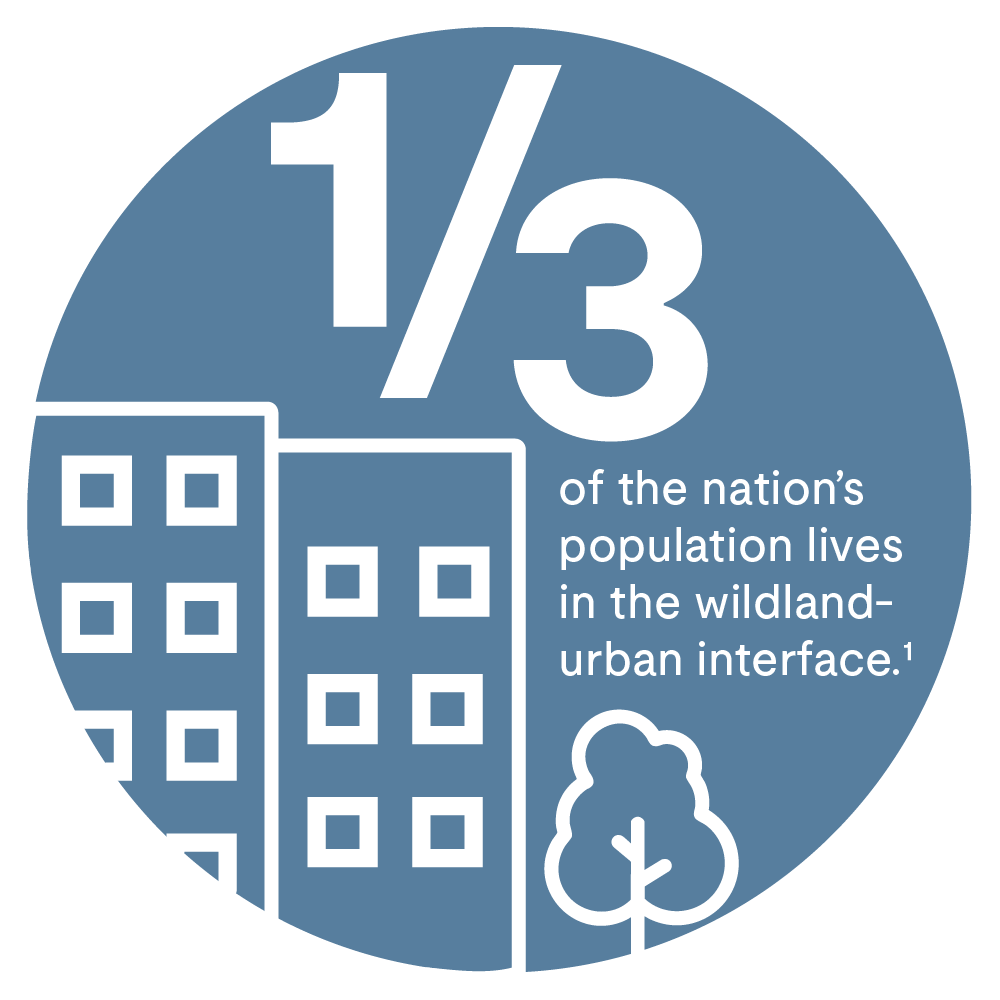
2. Wildfire season is getting longer.
High temperatures, strong winds and dry conditions accelerate wildfire growth. Changes in timing and duration of winter snow melts, rainy seasons, and extreme heat has resulted in “wildfire season” now including much of the year in several parts of the country.2
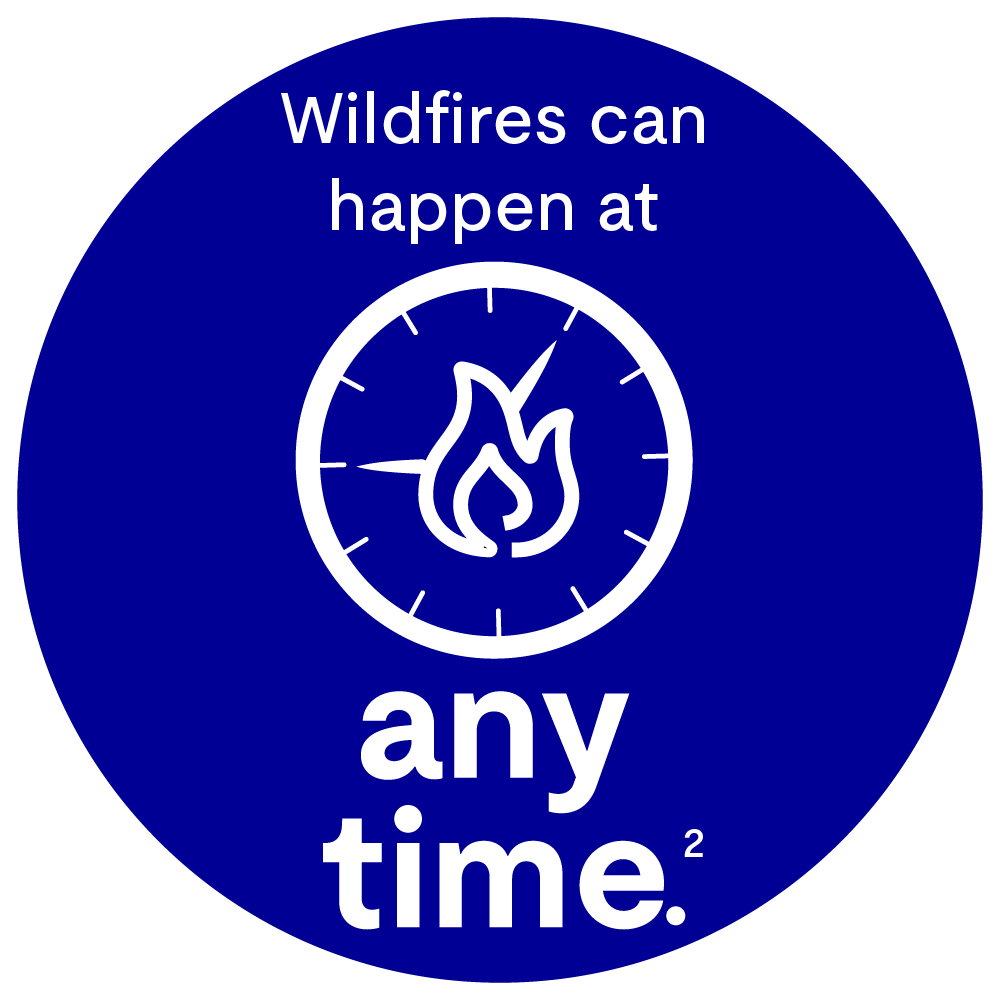
3. Wildfires are not always naturally occurring weather events.
While extreme weather plays a role in creating conditions ripe for intense and prolonged wildfires, an average of 89% of wildfires between 2018 and 2022 were triggered by human activity.3
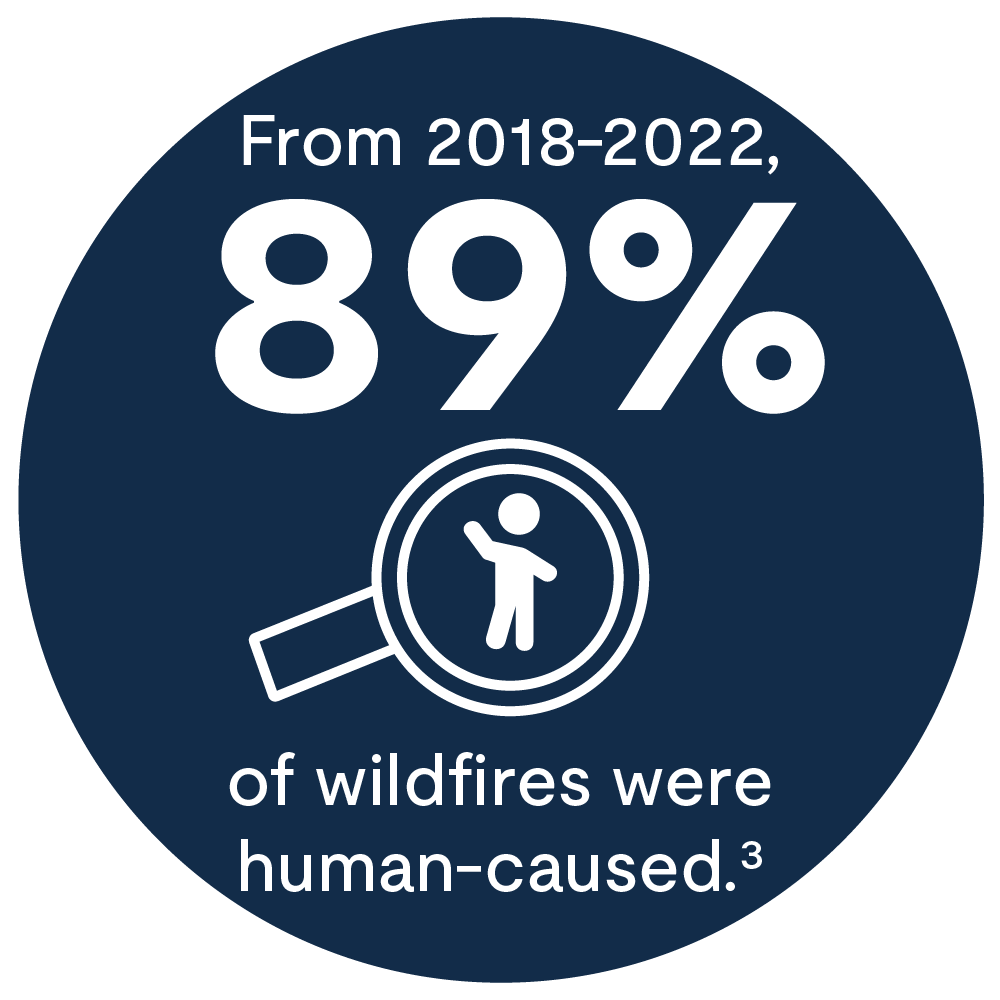
4. Burning vegetation is not the only source of wildfire fuel.
Wildfires need three things to get started: fuel, heat, and oxygen,4 and WUI fires are fueled by both natural vegetation and synthetic materials. Office buildings, homes, and vehicles all provide flammable fuel for growing wildfire.
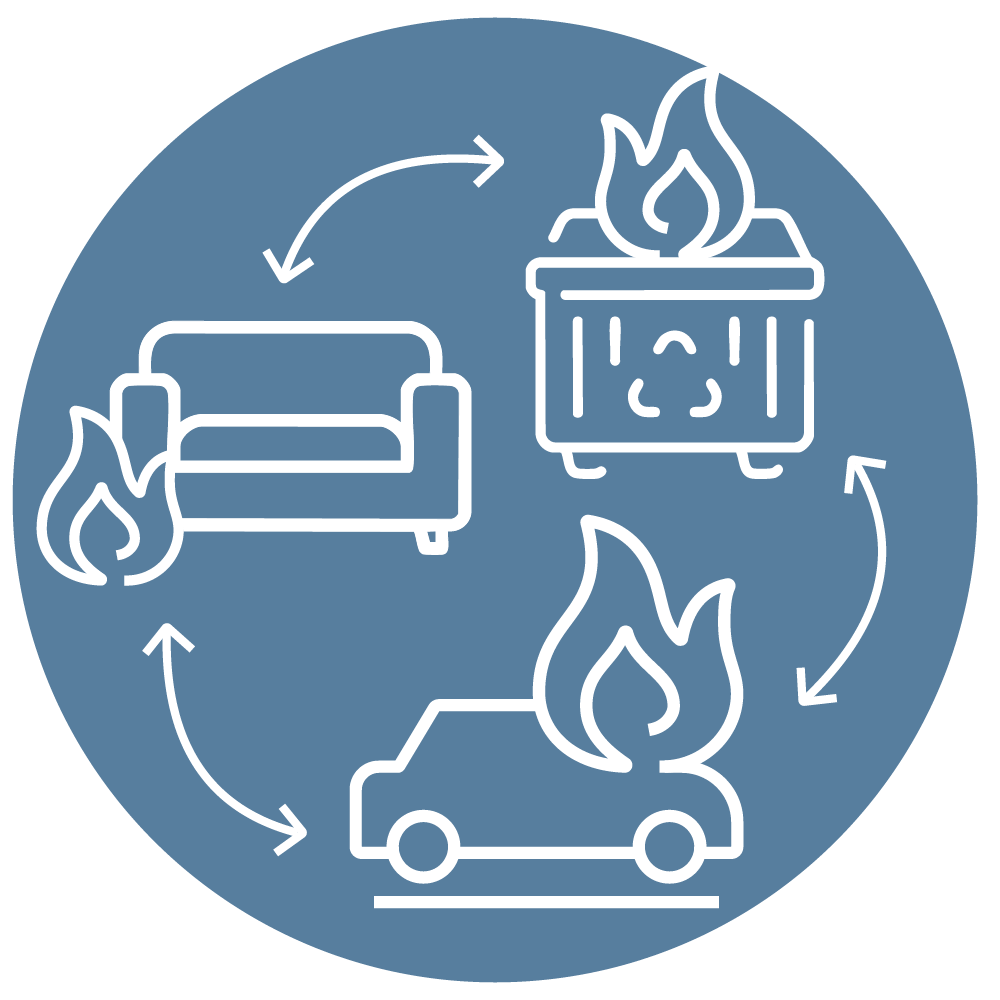
5. Some materials fuel wildfire flames faster than others.
The amount of synthetic, electronic, and chemical materials within a home or building can increase the speed at which things catch fire. Research has revealed that rooms with contemporary furnishings can reach flashover, or near-simultaneous ignition, in just under five minutes, while rooms furnished with natural materials like hardwood, cotton, and ceramic take more than six times longer.5
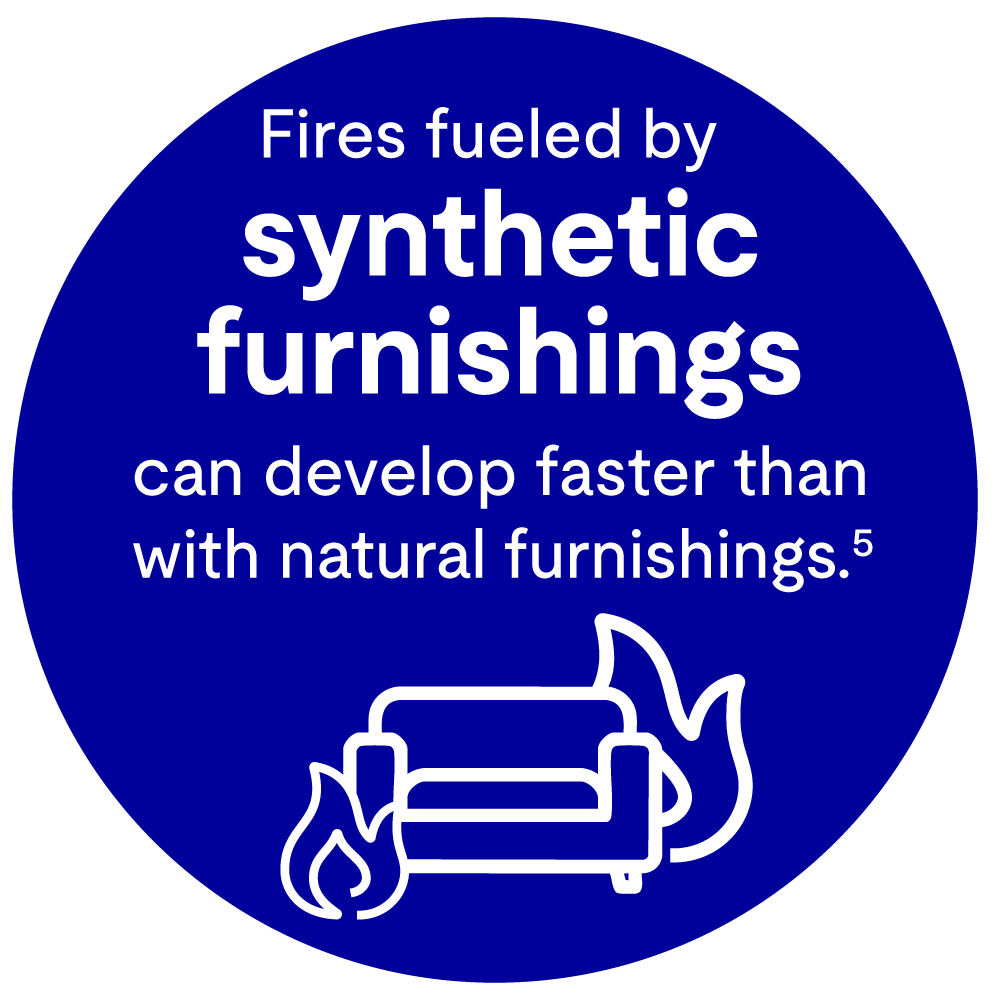
6. Wildfires can spread in multiple ways.
Radiant heat from flames can ignite nearby materials without direct contact 6, while wind-borne embers, often referred to as firebrands, can travel long distances to spark new fires7 These two mechanisms, along with direct flame contact can drive structure-to-structure fire spread in developed areas.
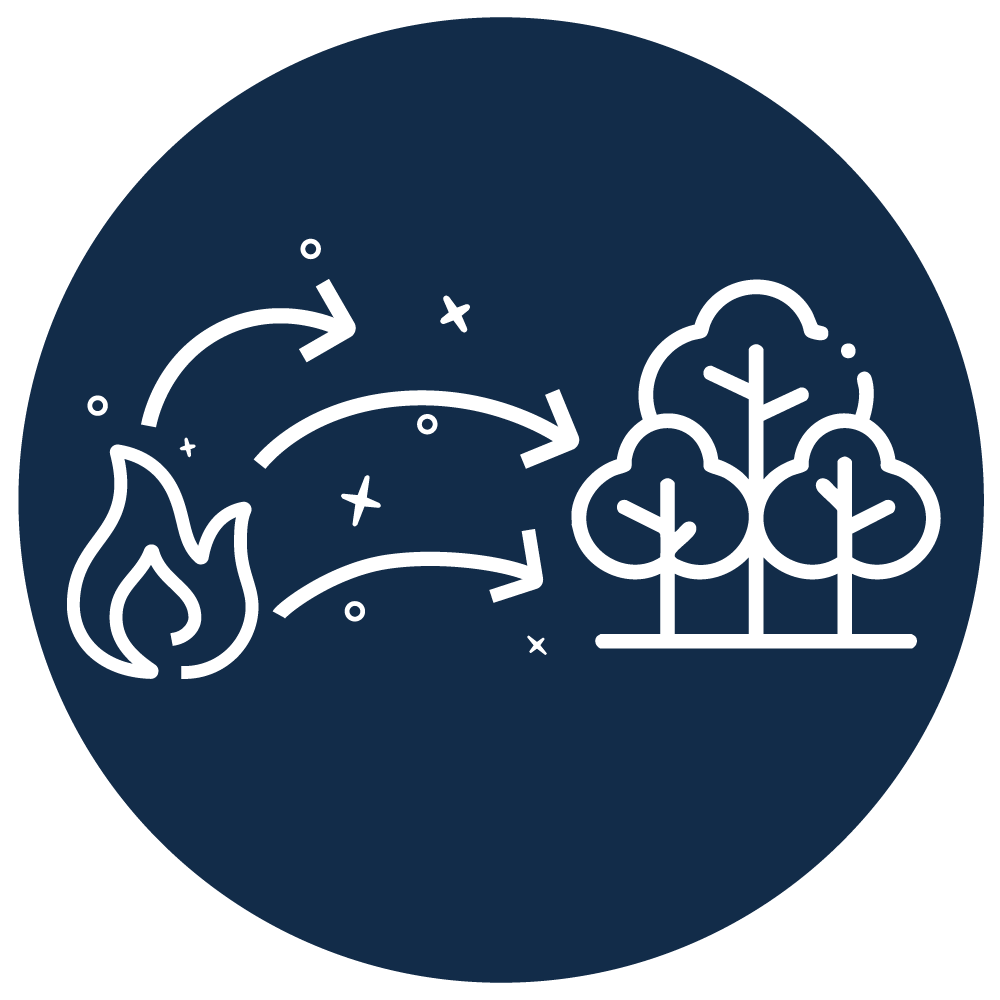
7. A wildfire’s size does not always correlate with its level of destruction.
The combustible materials within an urban area can increase the destruction caused by wildfire, meaning smaller fires in denser areas like the WUI can cause more structure loss than larger fires in rural areas.8
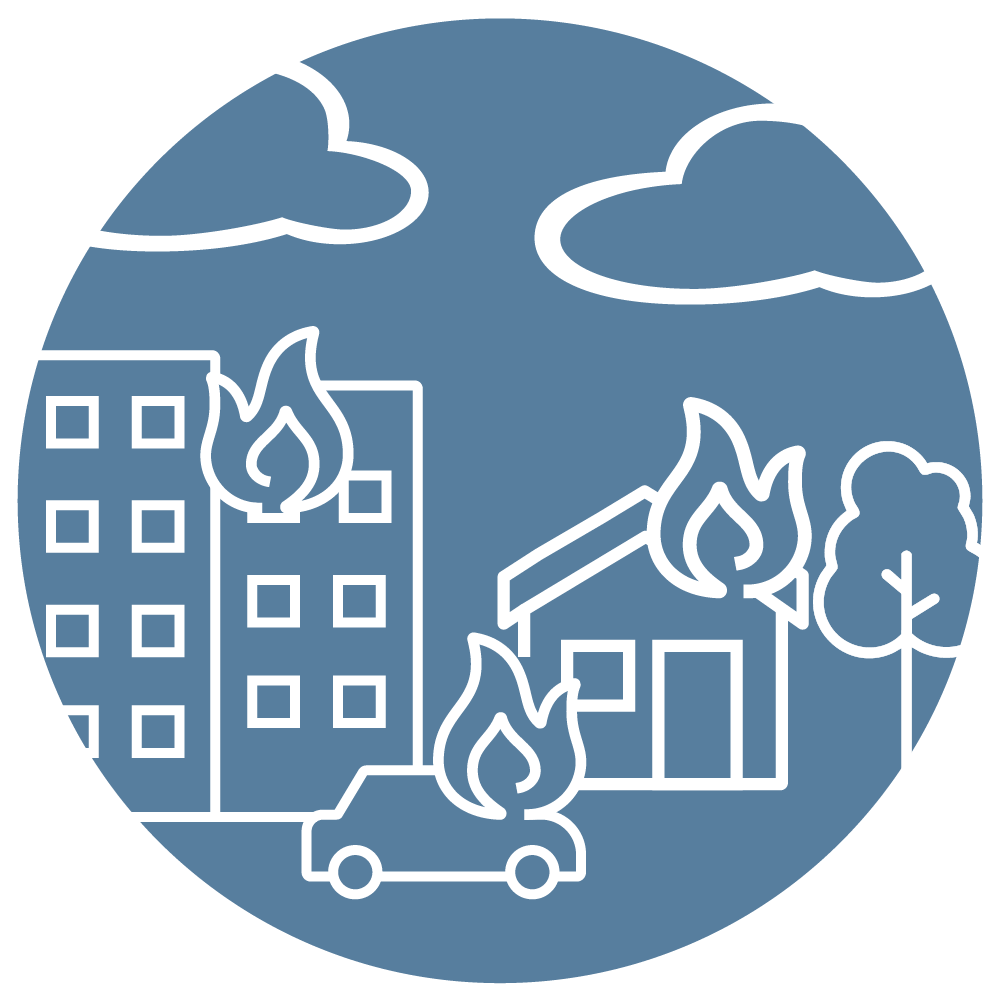
8. Containment strategies vary from wildfire to wildfire.
Topography, infrastructure, population density, and weather conditions can all complicate emergency response efforts and wildfire containment,8 which is why the best way to address these disasters is to prevent them.
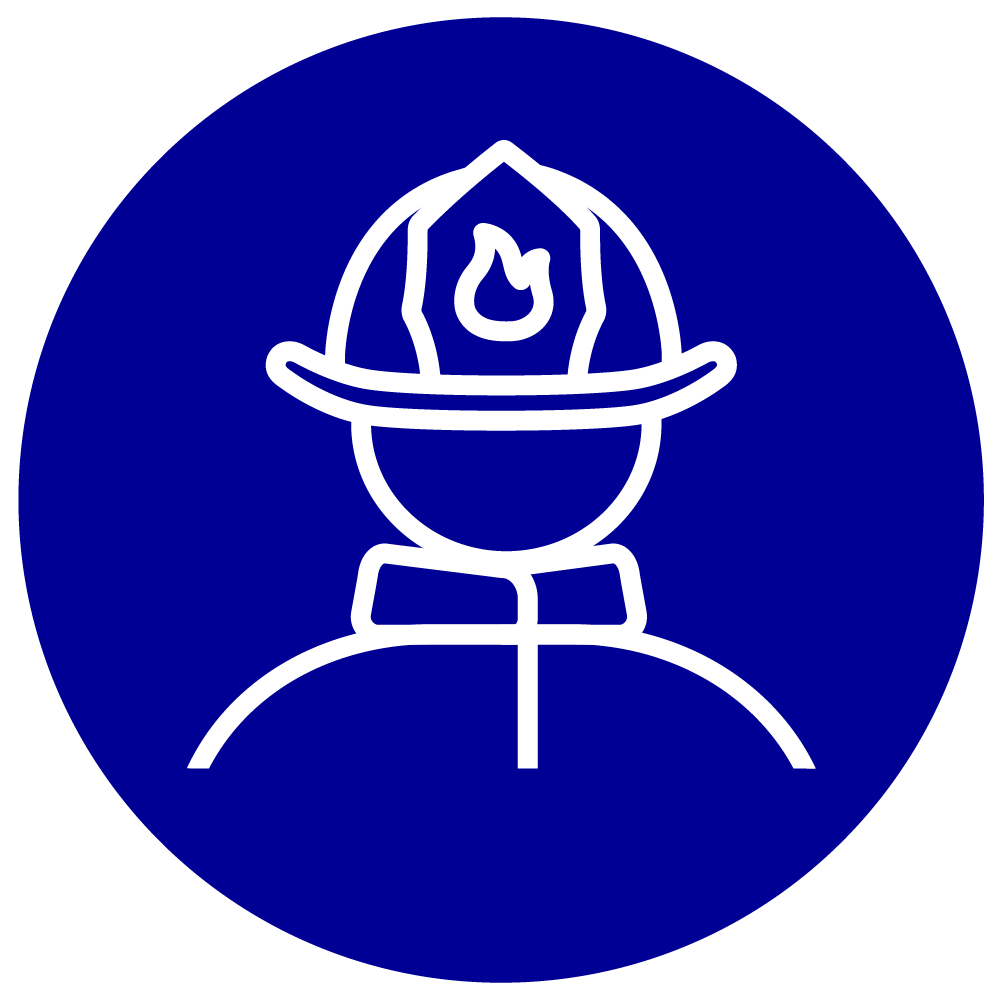
9. Safeguarding against wildfires is a community effort.
Education is the first step toward wildfire prevention. Understanding relevant building standards, preparing your structures and property, as well as properly maintaining green spaces can help build resilience against fire spread in your area. 9
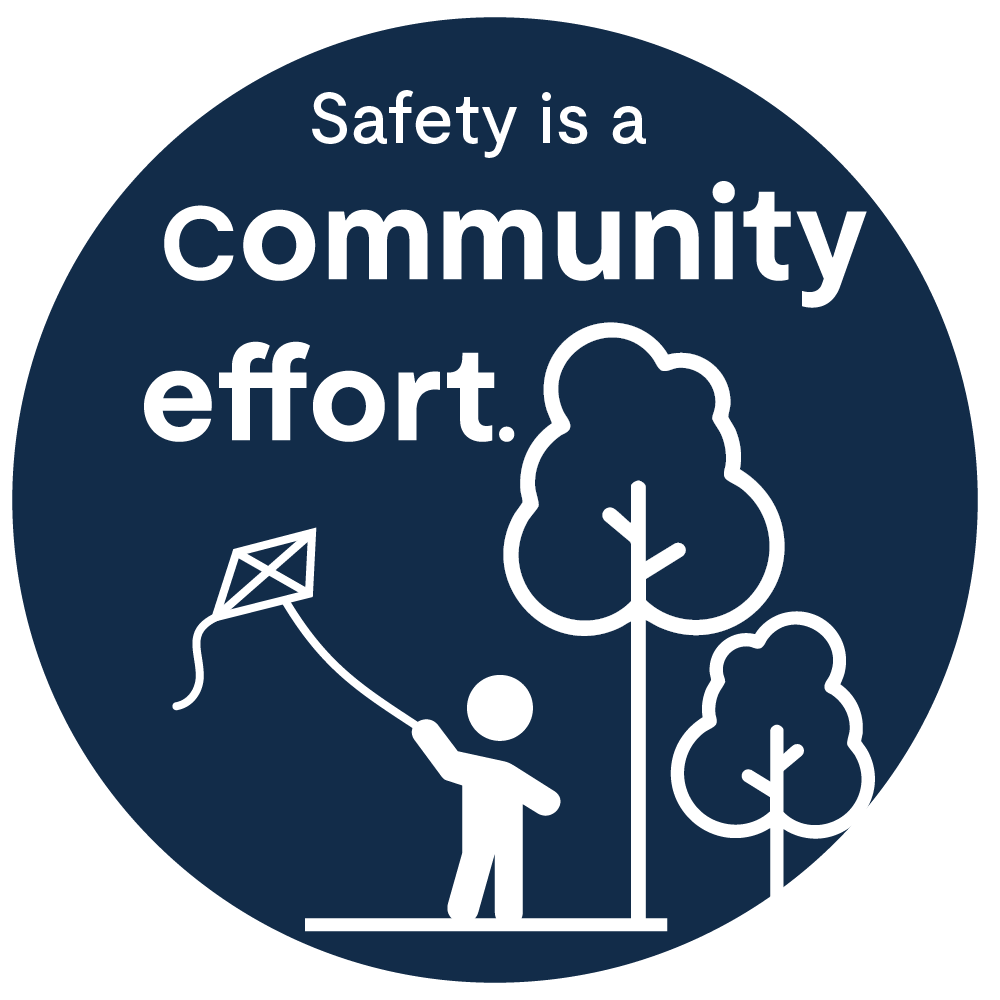
Still curious about wildfires and their growing presence in the WUI? Explore these resources from our Fire Safety and Chemical Insights research institutes:
- Wildfires and the Wildland Urban Interface | Chemical Insights WUI
- Wildfire Aware: Download Resources and Learn Practical Tips for Preparedness and Recovery | ULRI
- ULRI’s Fire Safety Analysis for the California Fires
- FSRI Examines the Dangers of Li-ion Battery Fires
- Role of Residential Siding Materials on the Spread of Fires
References
- US Department of Agriculture, Forest Service. 2025. “Wildland-Urban Interface Growth in the US.” Last updated April 30. https://research.fs.usda.gov/nrs/projects/wuigrowth#research
- US Department of Agriculture. 2019. “Wildfires in All Seasons?” https://www.usda.gov/about-usda/news/blog/wildfires-all-seasons.
- Riddle, Anna A. 2023. “Wildfire Statistics.” Congress.gov. https://www.congress.gov/crs-product/IF10244 .
- UL Research Institutes, Chemical Insights Research Institute. 2023. “What Fuels Wildfires?” Posted Nov. 20, 2023, by Chemical Insights Research Institute. YouTube. https://www.youtube.com/watch?v=PIuBIqwi5Wc.
- UL Research Institutes, Fire Safety Research Institute. 2020. “New Comparison of Natural and Synthetic Home Furnishings.” Video. https://technicalpanels.fsri.org/research-projects/comparison-of-synthetic-and-natural-home-furnishings.html?.
- UL Research Institutes, Fire Safety Research Institute. 2021. “Heat Transfer From Structure Fires.” https://fsri.org/research/heat-transfer-structure-fires.
- UL Research Institutes, Fire Safety Research Institute. 2022. “Firebrand Ignition of Building Materials.” https://fsri.org/research/firebrand-ignition-building-materials.
- UL Research Institutes, Chemical Insights Research Institute. 2023. “Wildfires in the Wildland Urban Interface.” Posted Nov. 20, 2023, by Chemical Insights Research Institute. YouTube. https://www.youtube.com/watch?v=aJH1KwfhksU.
- UL Research Institutes, Chemical Insights Research Institute. 2025. “The Wildland Urban Interface (WUI).” https://wildfirehealthrisks.org/the-wildland-urban-interface-wui/?.
PUBLISHED
